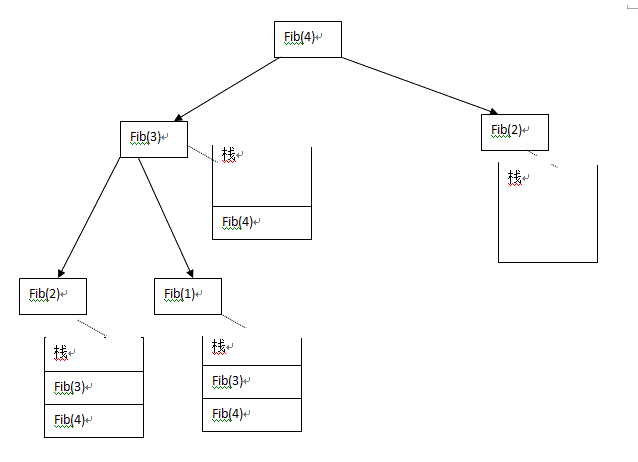資料結構複習之【棧】
阿新 • • 發佈:2019-01-06
棧:先進後出的線性表;
棧也可以通過順序儲存和鏈式儲存的方式實現;
一、順序儲存實現
陣列的尾端作為棧頂;
程式碼實現:
package org.xiazdong.list; public class MyArrayStack<T> { private static final int DEFAULT_LENGTH = 10; private T[]t; private int length; private int top; public MyArrayStack(){ t = (T[])new Object[DEFAULT_LENGTH]; length = 0; top = -1; } public void push(T e){ if((top+1)>=t.length){ larger(t.length*2); } top++; if(top>=t.length){ } t[top]=e; } public T top(){ return t[top]; } public T pop(){ if(top<0){ throw new ArrayIndexOutOfBoundsException(); } T tmp = t[top]; top--; return tmp; } public int getSize(){ return top+1; } private void larger(int len){ T[]tmp = (T[])new Object[len]; for(int i=0;i<t.length;i++){ tmp[i] = t[i]; } t = tmp; } }
二、鏈式儲存實現
連結串列的頭端作為棧頂;
程式碼實現如下:
package org.xiazdong.list; import org.xiazdong.list.MyLinkedList.Node; public class MyLinkedStack <T>{ private Node top; private int count; public MyLinkedStack(){ count = 0; top = null; } public T pop(){ if(top==null){ throw new ArrayIndexOutOfBoundsException(); } T elem = top.elem; top = top.next; return elem; } public T top(){ return top.elem; } public void push(T e){ Node n = new Node(); n.elem = e; n.next = top; top = n; } class Node{ private T elem; Node next; public Node(){ elem = null; next = null; } public Node(T elem,Node next){ this.elem = elem; this.next = next; } } }
三、比較
| 順序儲存 | 鏈式儲存 | |
| 優點 | 訪問快、增加刪除都為O(1) | 增加刪除都為O(1),對於空間沒有限制 |
| 缺點 | 浪費空間,容易溢位 | 指標需要空間 |
四、棧的應用
1.遞迴
我們這裡以斐波那契數為例;fib(n) = fib(n-1)+fib(n-2),fib(2) = fib(1) = 1;
遞迴和棧是密不可分的,遞迴的實現就是通過棧來完成的;

2.字尾表示式
我們在做計算器應用時肯定會用到字尾表示式,中綴表示式轉換到字尾表示式,字尾表示式求出值都是通過棧實現的;
